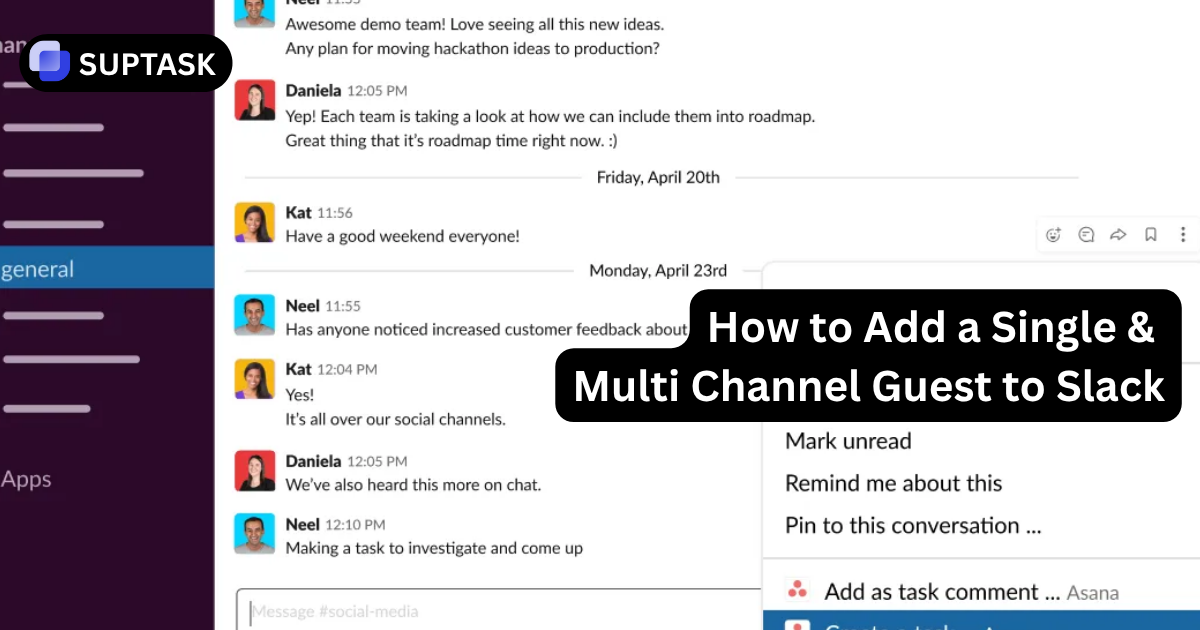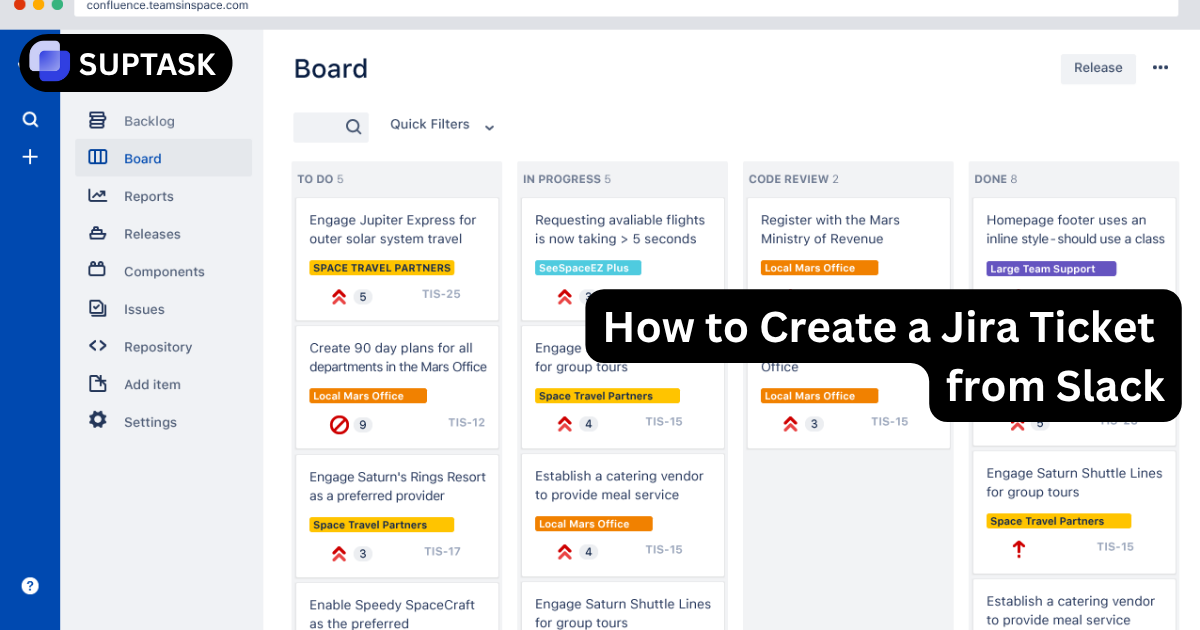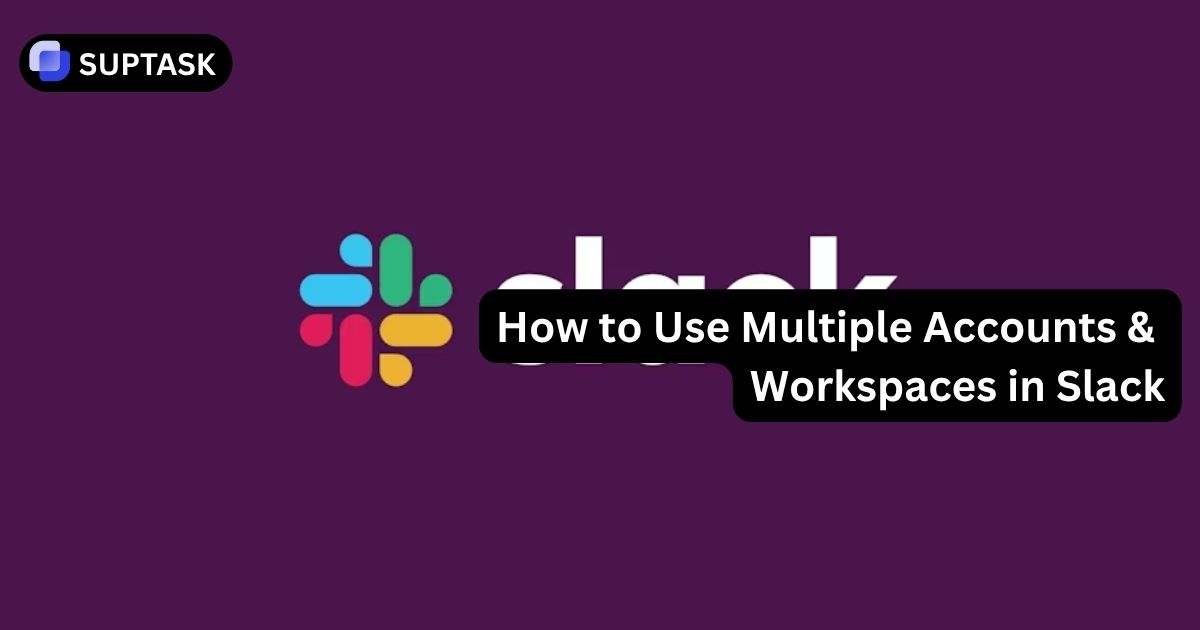Community management is about building and nurturing groups with shared interests, fostering meaningful interactions, and creating a sense of belonging.
It goes beyond social media posts to engage customers, staff, and partners across various platforms.
Key Takeaways
- Community management nurtures online communities, fostering engagement, connections, and brand loyalty among members.
- Community managers monitor discussions, moderate content, and facilitate interactions to improve customer experience.
- Effective strategies involve social media monitoring, content creation, and engagement, supported by analytics and management tools.
Defining Community Management

Community management guides and fosters connections among individuals with shared interests to create a thriving, interactive environment.
Its goal is to build a strong sense of unity within the group, fostering engagement, loyalty, and authentic relationships among members.
As community management has expanded, it now involves social media engagement and broader responsibilities like content moderation and ensuring dynamic participation across digital channels.
Effective community managers oversee discussions, moderate content, and nurture interactions, encouraging active participation while maintaining community engagement and guidelines.
They respond promptly to user posts, comments, and reviews, ensuring ongoing dialogue and fostering a welcoming atmosphere.
Skilled management benefits communities, whether online or physical, leading to increased customer satisfaction, brand loyalty, and enhanced market presence.
By generating engaging content and maintaining a brand's distinct voice, community managers help create spaces where meaningful exchanges flourish and support brand growth.
Importance of Community Management
.webp)
Strong community management is essential to building brand awareness, audience engagement, and loyalty.
By prioritizing community interactions, brands may cultivate stronger relationships and increase consumer trust and spending.
Adroit management preserves genuine ties and fortifies client bonds at a time when authenticity is crucial.
Strong community management also guarantees the dissemination of factual information and inhibits the spread of false information during times of crisis.
This strategy strengthens a brand's presence and improves marketing efforts, making it essential in the digital environment.
Building Brand Loyalty
Practical community management aims to foster a dynamic group of brand advocates. By actively engaging with customers, these efforts can transform them into ardent supporters, markedly enhancing their loyalty and willingness to advocate for the brand.
Authentic engagement through community management strategies can counteract consumer loneliness by personalizing interactions.
By establishing areas for communal exchange, businesses promote creating user-generated content that amplifies brand exposure.
When executed skillfully, community management personifies the brand in a way that enriches its relationships with consumers and nurtures stronger bonds within its audience base.
Enhancing Customer Experience
Community managers play a pivotal role in ensuring rapid support, which greatly enhances customer satisfaction.
The hallmarks of effective community management are quicker reaction times, immediate attention to adverse remarks, and the preservation of a constructive environment within the community.
Dealing with negative comments through empathy and comprehending responses is key to sustaining an affirmative climate.
This approach augments customer contentment and strengthens brand devotion by building trust and establishing significant connections with community members. To further enhance customer experience, integrating an email ticket management system ensures that customer inquiries are tracked and addressed in a timely manner, improving response efficiency and satisfaction.
Core Strategies for Effective Community Management
.webp)
Effective community management blends experimentation and strategic planning to encourage sustainable growth.
Content development, social media observation, and interaction strategies are important components.
Community managers can gain insights into audience impressions by monitoring consumer conversations and brand debates across various platforms.
Comprehending these conversations facilitates strategy modifications, guaranteeing steady participation.
Managers may improve their strategies by evaluating monthly stats and build authentic connections that strengthen brand loyalty.
Continuing to provide relevant, high-quality material is essential to keeping users interested. Community managers should experiment with different formats, such as photographs, videos, and GIFs, to create content that speaks to their audience.
Frequently adding new material strengthens company identification and aids in keeping engaged members.
Effective member engagement is essential for managers to create a flourishing online community.
Quick reactions to conversations promote involvement and build trust, particularly in high-stakes situations.
Community managers enhance the community's energy and foster deeper relationships by promoting involvement and generating discussions.
This proactive strategy guarantees sustained growth, strengthens consumer loyalty and cultivates a vibrant, active community.
Tools for Community Management
.webp)
These community management tools provide social media management, design, analytics, and content development to improve strategy and streamline interaction.
Tools like Ahrefs and Google Analytics enable performance indicators, competitive research, and audience behavior. By analyzing user behavior and demographics, these tools assist managers in fine-tuning their tactics.
Social media technologies increase productivity by coordinating tasks, planning content, and monitoring interaction. By making cross-platform communication more accessible, they improve managers' ability to interact with people.
Suptask improves member responsibilities and conversation management in big groups by enhancing Slack's ticketing system. For more advanced features, consider integrating an internal help desk software to streamline issue resolution and improve the overall customer support experience.
Developing a Community Management Strategy
.webp)
Developing a successful community management plan necessitates proactive action to increase involvement and participation. Constant communication promotes community development and loyalty.
Engagement is significantly increased when areas are created for members to ask questions and share tales.
Setting definite targets that correspond with the brand's growth objectives is essential. These objectives should focus on response times, brand sentiment, and engagement metrics like views, clicks, shares, and comments.
By solidly understanding business principles, managers can better connect plans with corporate goals for both short-term and long-term success.
Measuring success requires using key performance indicators (KPIs) like growth metrics and engagement measures.
The collected data generates a feedback loop, informed by questions for customer feedback, that helps make data-driven decisions to increase engagement and offers insights into client preferences.
Continually improving tactics in response to input raises customer happiness and loyalty.
Community managers ensure the community stays engaged, happy, and in line with changing needs by acting quickly, participating in social listening, and modifying strategies—this process of constant improvement results in a more involved and content community. As part of a strategy to improve customer service and member engagement, businesses can leverage free ticketing software to track support requests and ensure timely resolution of issues, all while keeping costs low during early growth stages.
FAQ
What is the primary purpose of community management?
Community management nurtures and engages communities, building brand loyalty and fostering active advocacy.
How does community management enhance customer experience?
It improves customer experience by offering timely support, addressing feedback, and creating a positive community atmosphere.
What are some key responsibilities of a community manager?
A community manager monitors discussions, moderates content, and fosters meaningful member interactions.
Why are community guidelines important?
Community guidelines set behavioral expectations, promote positive interactions, and ensure a safe, respectful environment.
What tools do community managers use?
They use analytics, social media management, and content creation tools to enhance engagement and efficiency.












